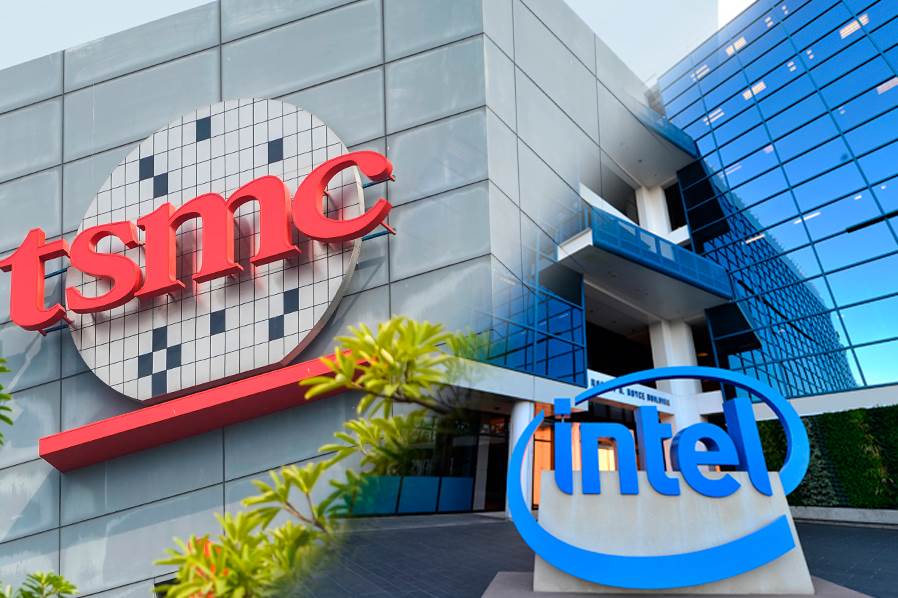According to recent reports, Intel will rely on TSMC to manufacture its CPUs in 2022, in a 5-nanometer process. This is part of an emerging relationship between Intel and the Taiwanese foundry, a relationship that has long been in the process of emerging. Would you like to see what the future relationship between Intel and TSMC involves? Let’s have a look.
TSMC partners with Intel to produce its 5nm CPUs in 2022
There are ongoing delays in the introduction of Intel’s proprietary 7nm technology, which is now expected to be on the market by the end of 2022. In fact, their 10nm process has yet to reach desktop CPUs, after several successive delays, as they are unable to deliver the desired performance and frequencies.
For this reason, it seems that Intel has already decided to trust TSMC to take over the production of CPUs in the first half of 2022 as part of its 5nm process. This is according to a report by JPMorgan Chase, which was reported in a major Taiwanese newspaper. The bank’s investigation claims that the Intel team has accelerated the CPU design process to 5nm, so they will arrive 6-12 months earlier than expected.
Although the analysis is not based on data confirmed by Intel or TSMC, this information contrasts with some reports by other analysts that were only released two months ago, as there were rumors that Intel’s purchases from TSMC would only be made ” to save once”.
Intel has officially confirmed that the Xe-HPG gaming graphics are manufactured by a third party.
Before this happens, TSMC will most likely convince Intel to entrust them with the production of some of the Intel Xe graphics cards. For example, the Xe-HPG for games or other products such as chipsets that take advantage of 6nm and 7nm technology.
The TSMC foundry has been gaining significance and power for years and will continue to do so. This Taiwanese company has orders from real giants like Qualcomm, MediaTek, AMD, and Apple. If Intel joins them for more than just a one-time purchase, this will be another big boost. In 2021, NVIDIA will also integrate its Hopper architecture and combine production from TSMC and Samsung.
